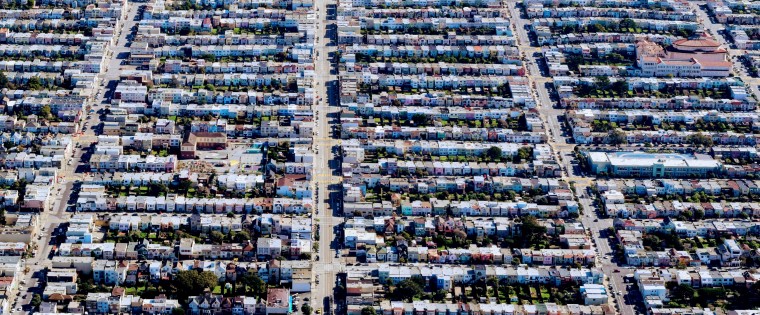Three steps to reform of Stamp Duty for first-time buyers

In response to today’s report on Stamp Duty by the London School of Economics and the VATT Institute for Economic Research, the think-tank Localis has issued the following statement, ahead of publication of its own report into ‘Disrupting the housing industry’ which will be released in October.
Jack Airey, senior researcher at Localis writes:
The issue of Stamp Duty Land Tax (SDLT) as a bottleneck on the housing market has been framed as one affecting pensioners.
In reality there is a need for greater reform of this levy in support of first-time buyers, for whom these liabilities – often unexpected and in need of payment within a month of purchase – can, alongside estate agent fees, represent a serious barrier to home ownership.
The average purchase price of a home bought by a first-time buyer is £205,170 which brings a SDLT liability of £1603.[1] In London the equivalent figures are £402,692 and £10,134.
We believe there is a good case for government to ease the burden on first-time buyers and assist those who need support in the buyer market in three main ways.
Firstly, first-time buyers could be allowed to transfer liability to their point of onward sale. Assuming their home gained value, this would result in a higher amount payable in tax. They would also have to pay SDLT if purchasing another home. However, it removes the upfront burden to home-ownership.
Secondly there is scope to waive for first-time buyer’s SDLT liability on the first £250,000 of the property cost. Although the tax is a substantial revenue raiser for government, raising £11.7bn last year, the proportion paid by first time buyers is relatively low.
Last year nearly one third (29%) of new homeowners bought properties below the £125,000 threshold for paying tax, almost half (45%) bought homes within the £125,000 to £250,000 threshold with around a quarter (26%) taking ownership of properties in the £250,001 to £925,000 range. We estimate the cost to the Exchequer of waiving SDLT liability on the first £250,000 for first-time buyers would be £596m, or 5% of last year’s total Stamp Duty take.
Thirdly, the government could introduce a mechanism by which SDLT is paid in instalments. Spreading the cost of the tax over a longer period would greatly reduce the initial upfront costs to the first-time buyer.
Assuming a residential property is being bought freehold as an individual (i.e. not as a company or trust), we have calculated in the table below what spreading the tax liability over five, ten and fifteen years would mean to a first-time buyer.
| Cost of home | Upfront SDLT due | Annual cost if paid in equal instalments over five years | Paid over ten years | Paid over fifteen years |
| £100,000 | £0 | £0 | £0 | £0 |
| £200,000 | £1,500 | £300 | £150 | £100 |
| £300,000 | £5,000 | £1,000 | £500 | £333 |
| £400,000 | £10,000 | £2,000 | £1,000 | £666 |
| £500,000 | £15,000 | £3,000 | £1,500 | £1,000 |
______________
[1] Author’s calculations using HMRC’s SDLT calculator, using average purchase prices from Halifax (2017) – Number of first-time buyers reaches 10-year high
